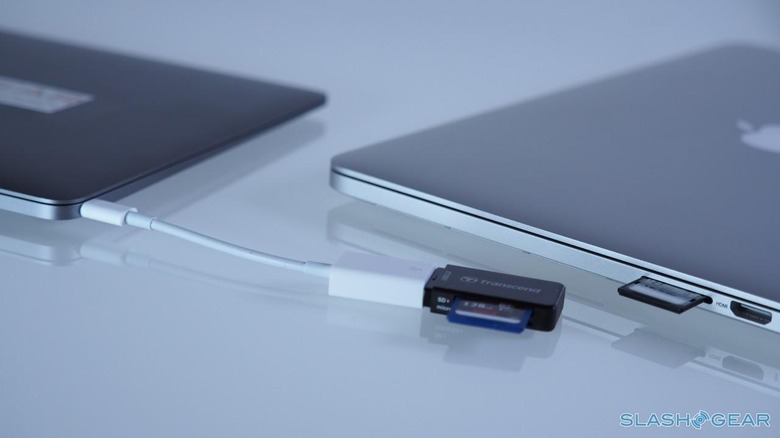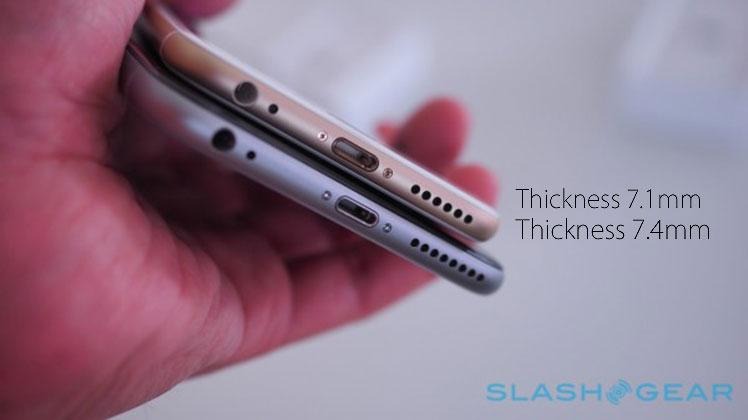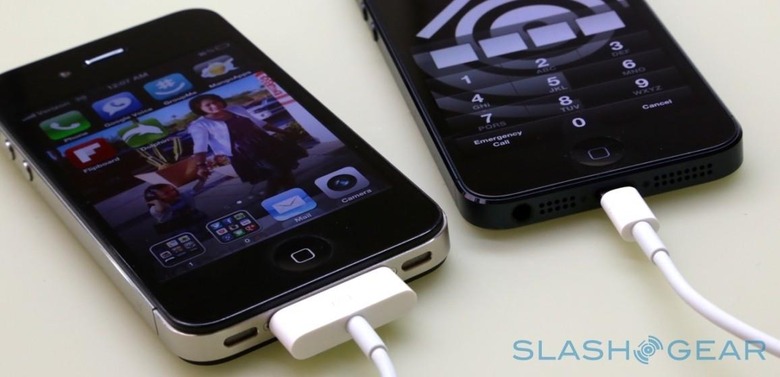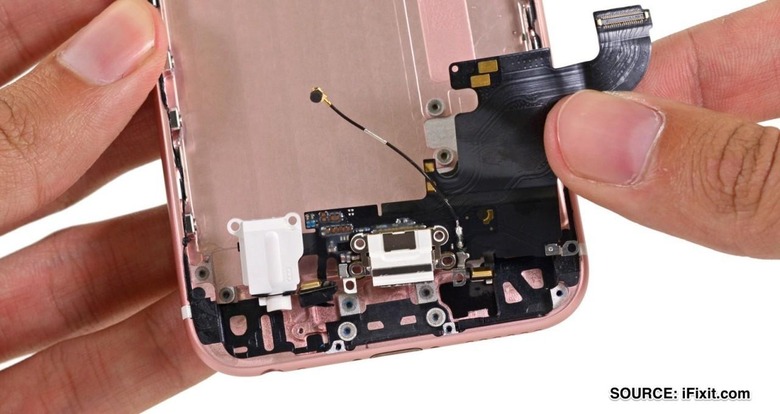iPhone 7 Ditching The Headphone Jack Is About Control, Not Thinness
Has time been called for the headphone jack? If the rumors are to be believed, it may well be Apple that culls the 3.5 mm socket on the next iPhone, and it's making people mad as hell.
Apple does indeed have a history of sending technologies out to pasture, not to mention of embracing new ones. The demise of first floppy drives and then optical drives in general on the desktop, as well as the introduction of USB 1.1 on the iMac G3 and USB-C on the 12-inch MacBook, are each notable in part because they occurred well before the rest of the industry was ready to do the same.
None of those have been an easy transition. Each has seen favored peripherals left by the wayside, suddenly too archaic or too expensive to upgrade to bring along with the new hardware.
Sure, there've been dongles and adapters, but how many people actually buy them if there's a workable alternative with a native connector?

What has seemingly infuriated many is the idea that Apple might be considering retiring the headphone jack simply because it wants to make the next iPhone slimmer. Admittedly, the scene on-stage is all too easy to visualize: Tim Cook brandishing the latest, lustworthy slab of iOS so that its razer-thin edge glints in the spotlights, and telling us that it's not the Apple way to allow the sockets of yesterday to dictate the design of tomorrow.
It's not entirely clear for whom the smartphone industry is making thinner handsets: the consensus among the more vocal early-adopters appears to be that they'd be happy with the same thickness or even something with a little more heft, if it meant they could have more battery life. Certainly, there must be some market research that continues to tell phone makers that "thin is in," even if the people so eagerly lining up for them aren't that bothered.

I'd wager that bulk comes a distant second to design and control, though. For the former, any time you have a component that needs to be accessible from the outside of the phone – in this case, for users to plug in their headphones – it forces design decisions both aesthetic and technical, and we all know how little Apple likes to be dictated to.
It's the latter, though, that I think is the kicker. The 30-pin Dock Connector showed the world that users in their hundreds of thousands would buy accessories and peripherals that only worked with one company's proprietary socket. The Lightning port demonstrated that Apple could ditch that old socket and, though they might grumble and moan about it, owners would upgrade everything all over again.
Dumping the 3.5mm headphone jack is no great stretch, then: we've already proved to Apple that we're willing to stomach it.

And oh, what a tasty menu that would be in Cupertino. There are a couple of third-party headphones which use the Lightning port – Philips' Fidelio M2L, for instance – but they're a rarity; that would all change if Apple did away with the previous default.
Oddly, Audio has been the one area in which Apple's control over the third-party ecosystem has taken a step backward, certainly since the demise of the Dock Connector. The combination of regular Bluetooth and a 3.5mm socket has meant none of the juicy certification fees that were part and parcel of making a Dock Connector speaker, for instance.
Apple owns the Lightning port, though, and you can bet it would expect its tithe from any headphone company wanting to take advantage of it.
I do think there'll be something in it for us, too. Look inside the iPhone 6s and you'll see that the headphone jack assembly is – in the grand scheme of tiny things you can find packed inside the modern smartphone – a big component. It's not only the thickness, the impact of which you can see without taking a pentalobe screwdriver to your phone, but the depth: a 3.5mm audio plug is considerably longer than a Lightning plug, after all.

What could Apple do with that space were it liberated? That's a good question; I'd personally like to see a bigger battery, but you could have a second speaker for true stereo audio, or a redesigned Taptic Engine, or any number of other things.
Perhaps we'll even see a rise in Bluetooth audio stability and quality. Apple has eschewed aptX, one of the third-party options for improving Bluetooth audio quality, in favor of sticking with A2DP, which supports 44.1 kHz AAC LC at up to 264k bitrates.
Anecdotal satisfaction with Bluetooth headphones and iPhones varies. I suspect that, were Apple to do away with the headphone jack and thus push greater attention to other options, manufacturers – not to mention the Beats headphones team within Apple itself – would rise to the challenge.
I'll admit I'm cynical. I think Apple will make thinner and thinner phones just as long as it believes consumers will pay for thinner and thinner phones. I think the company will drop the headphone jack with all its free-for-all compatibility just as soon as it believes it has a compelling enough argument for why its omission is worthwhile.
That might be design, or some unexpected must-have functionality like fitness monitoring by switching to the Lightning port instead, or perhaps the much-requested waterproofing (yes, waterproof headphone jacks exist, but they're generally bulkier which would be an iPhone no-no), or greater battery life, or a combination of several factors that, together, are just sufficient to make a whole load of smartphone buyers think "hmm, the headphone thing is annoying, but XYZ is worth it in the end."
